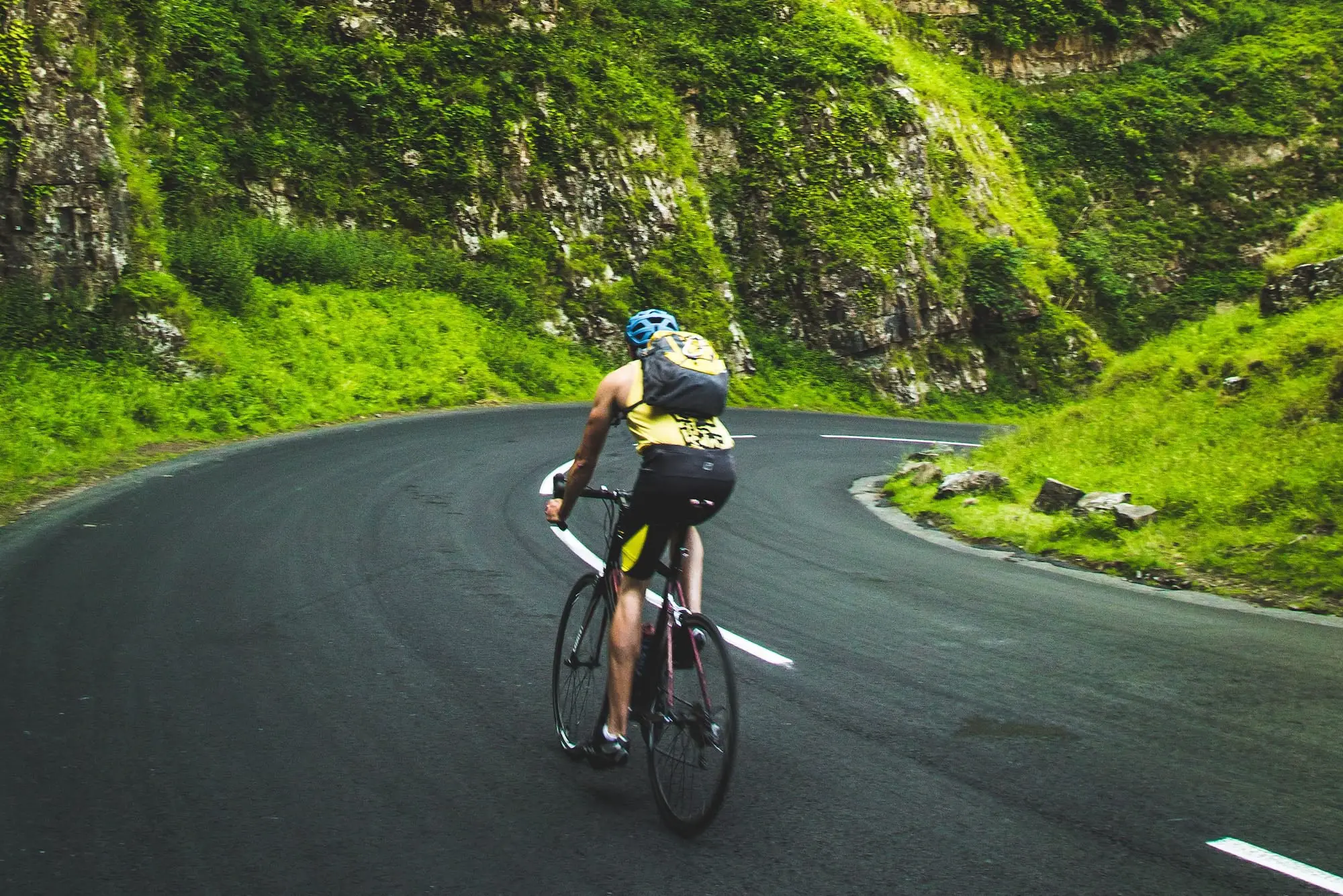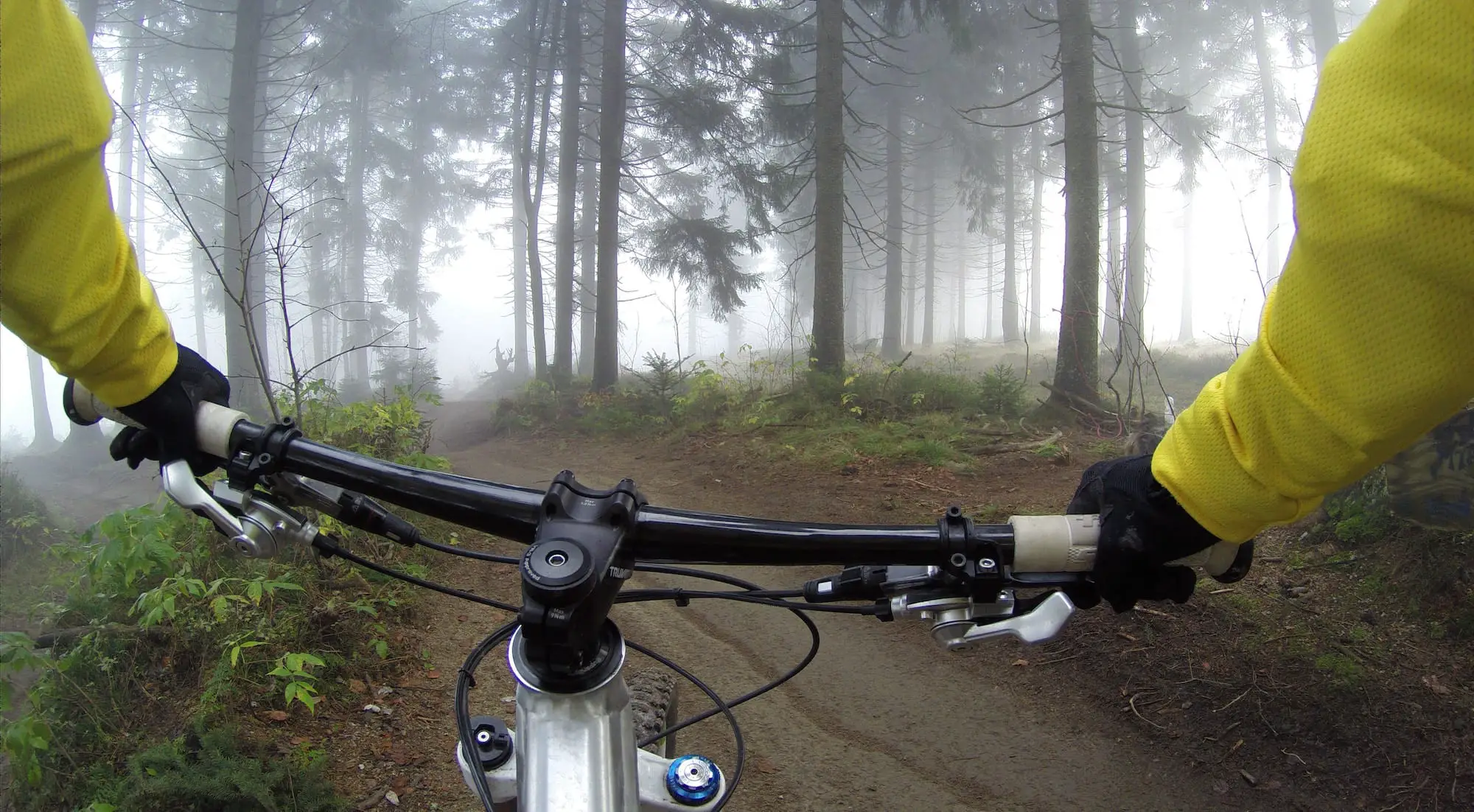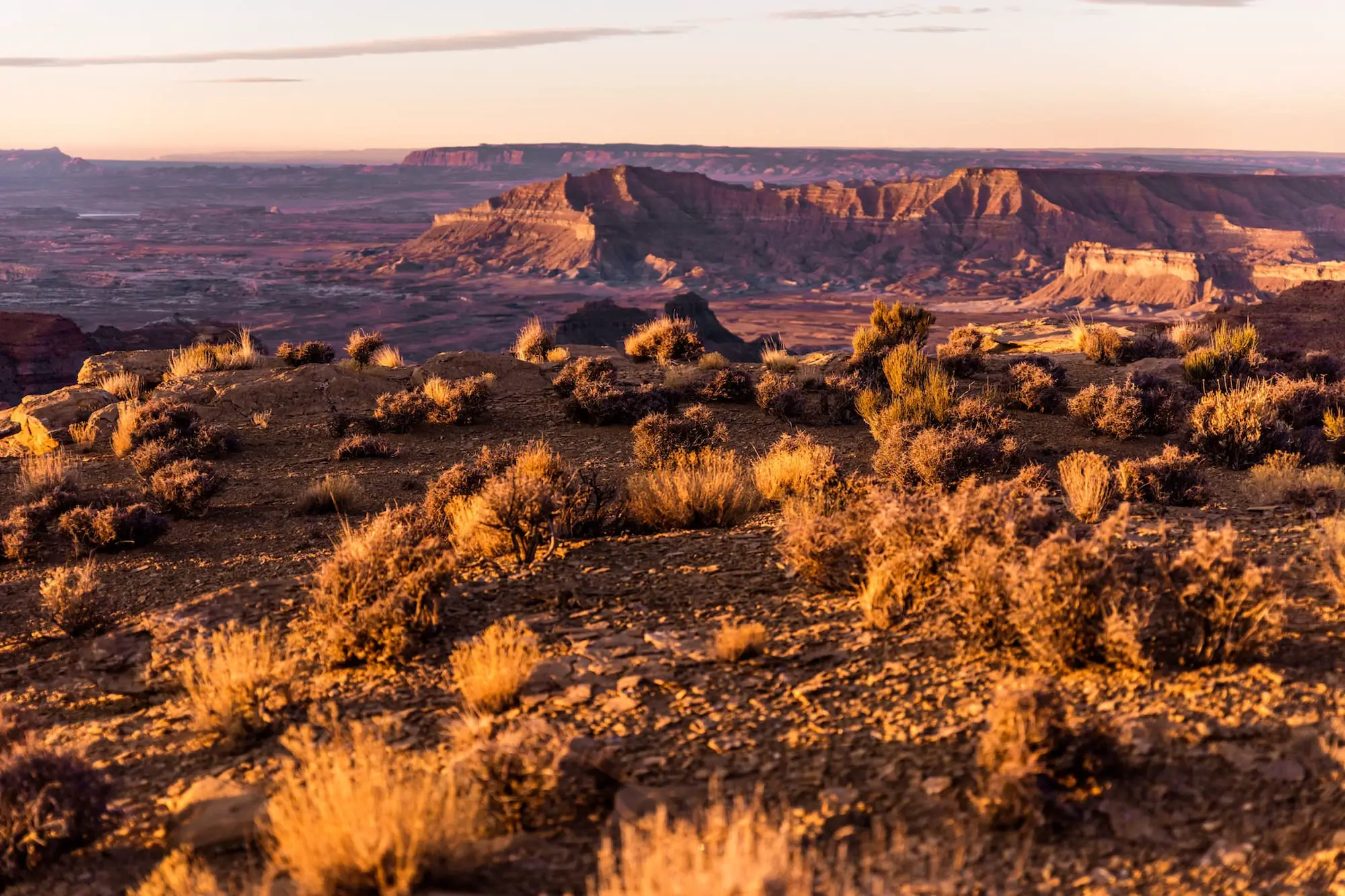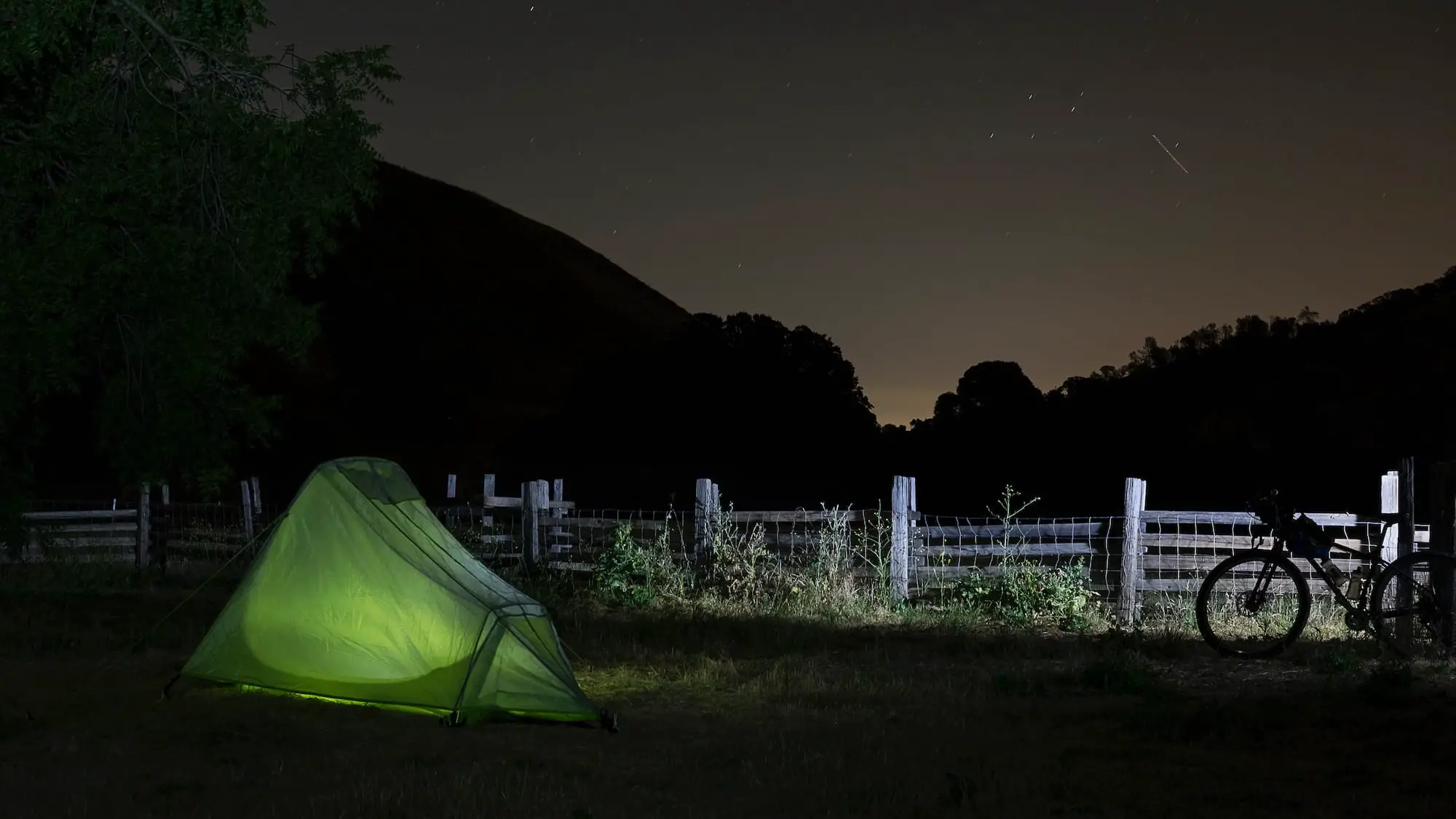For a person who drifts through expansive prairies and steep ascents, energy is a valuable currency. Compromise and meticulous planning are key to surviving the outback, and while there is no singular meal plan to fit everyone, it is crucial to stand by some rules of thumb with these bikepacking meal ideas.
The best way to start planning your meals is to recognize the limitations of outdoor cuisine. You can cook, but with controlled fuel consumption. Potable water is scarce. Fresh meals are difficult to prepare due to potential spoilage. Above all, you need to pack many calories into a light load.
A portable kitchen
Some tools we would like to recommend are:
Canister Stoves. The Windburner, MSR’s flagship stove, has all the features you need, including windproof performance. Cheaper alternatives are the PocketRocket (also from MSR), which is known for its portability, and the Jetboil Zip.
Pot kit. Investing in pot kits gives you a semblance of diversity in bikepacking meals, especially for nights when you crave pasta. Snow Peak has a nice assortment of cookware made for outdoor trips.
Alcohol burners are ideal for routes that take you to the remote wilderness
Bottles and canisters. Bikepacking is a very physical activity, especially if you’re on a technical trail, so more water is required to keep you up than when you are simply lounging at home. While planning your trip, check for water refill points (convenience stores or gas stations). Otherwise, consider packing filters and purifiers for stream water. Filters rid the water of the visible debris, like soil and twigs, while purifiers work at the microscopic level, killing waterborne pathogens.
The Lifesaver Bottle can filter and purify up to 4000 L of water – any living thing larger than 15 nanometers is left out. (For reference, most bacteria are around a thousand nanometers in size.)
Pathogens can also be exterminated using UV light. The SteriPen comes in many variations that are all safe to use in travel containers and can get rid of 99.9% waterborne bacteria (16 oz. cup) in under a minute. It is good for up to 8000 L of water.
Still, some bikepackers opt for chemicals like iodine or the simple act of boiling the water.
Counting calories
How many calories is enough to sustain the typical backpacker? On the average, women need 2000 calories for a normal day, while men need 2500 calories. However, spending a good portion of your day biking drains out your energy, so you need to compensate with a 250- to 300-calories intake for every hour that you are traveling. Make sure to reach these calories requirements when prepping your bikepacking meals.
Breakfast
Breakfast is the most important meal of the day but keep your bikepacking meal to 500 to 800 calories only, with minimal cooking. You have a day of riding ahead of you, so the priority should be in keeping yourself energized and not bloated. Jumpstart your trip with granola, sweetened oatmeal, energy bars, and trail mix. Nuts are important sources of protein and magnesium, which aids in the conversion of sugar into energy. For an extra dollop of sugar, throw in some thick crackers with filling, like jam or peanut butter.
If you’re a coffee aficionado who is particular about the freshness of the drink, drip is the way to go. Otherwise, opt for lemon water or effervescent tablets (Berocca, Emergen-C, or Airborne) for that extra energy and immunity kick in the morning.
Lunch & snacks
In the middle of your trip, it is best to consume food hourly. Try to space out your reserve in 250- or 300-calorie portions but make sure to eat a balanced bikepacking meal of carbohydrates, protein, and vitamins.
Wheat crackers are great on-the-go sources of carbohydrates. Add some protein by preparing sandwiches of cured meats, cheese, and sausages. Prepare fruits and vegetables that don’t spoil quickly like broccoli, apples, and potatoes.
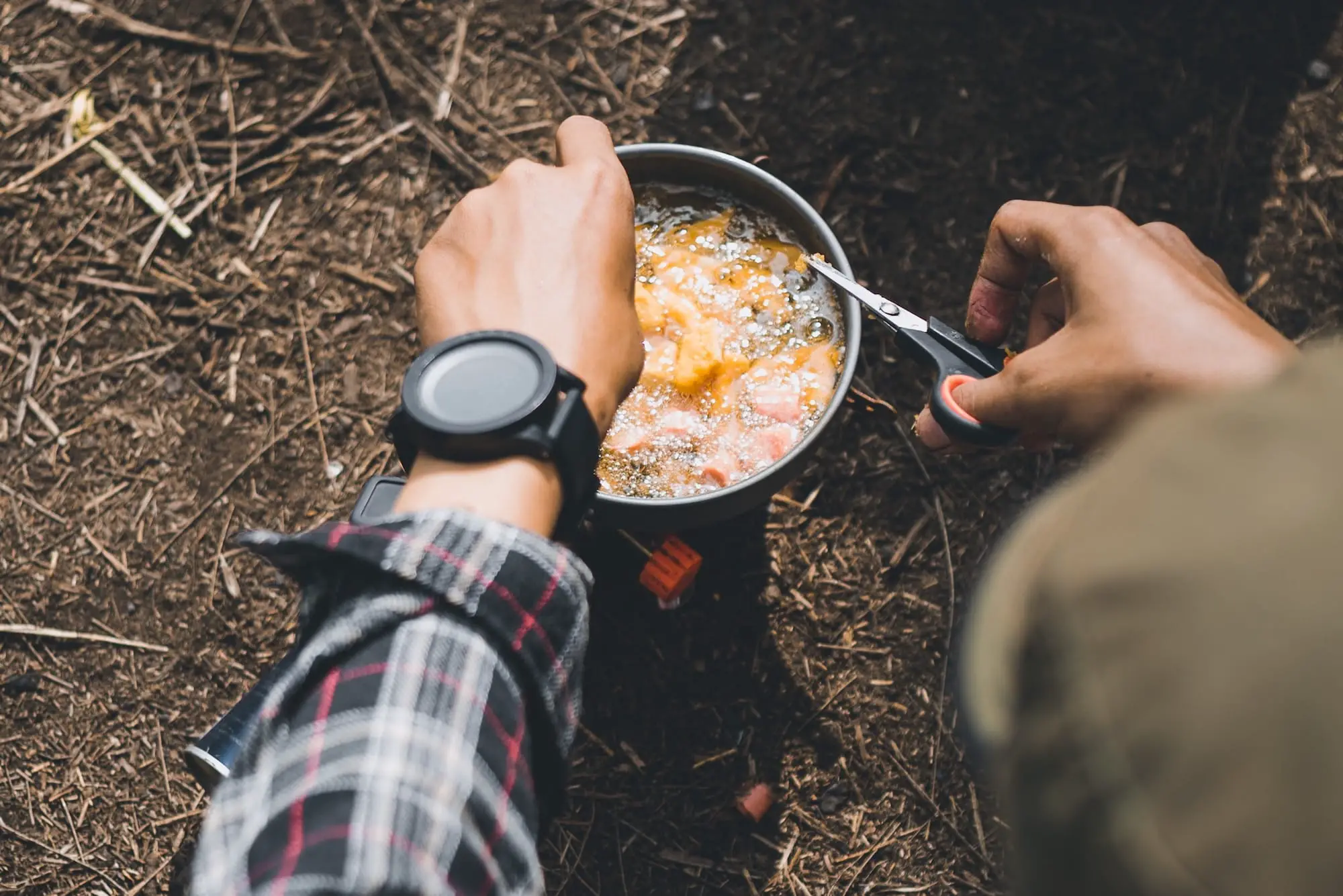
Dinner
After a long day of braving the outdoors, dinner is when you can finally recuperate. The objective is to come up with a bikepacking meal that is both simple and heavy (approximately 2000 to 2500 calories). Anything carbs-laden, like pasta, is a must. The company Good-To-Go Foods prepares dehydrated meals that taste amazing. Some of their products are Thai curry, mushroom risotto, and marinara with penne. Scrumptious!
Soup mixes are perfect for chilly nights around the bonfire. You can prepare your own mixes using the recipes below, but there are also a few ready-made packs that are commercially available.
Quick Backpack Chili (Paul Radosevich, BackpackingChef.com)
You will need:
- ¼ cup of cooked dehydrated ground
- ½ cup of Parboiled, ‘Minute’, or cooked and dehydrated rice
- ¼ cup of diced tomatoes, dehydrated
- ¼ cup of cooked ground beef, dehydrated
- ¼ cup of cooked beans, also dehydrated
- ¼ cup dehydrated diced onions
- 4×4 square of dehydrated tomato paste
- 4 Tbsp Chili Seasoning
- Cumin to taste
Keep the mix in a vacuum-sealed bag or jar for freshness. You can rehydrate this mix with 3 to 3½ cups of hot water.
Tortilla Soup (from Dirty Gourmet)
You will need:
- 1 tsp dried onion flakes
- ½ tsp ground cumin
- ½ tsp chili powder
- ½ tbsp tomato powder
- 1 cup bean flakes
- 2 bouillon cubes
- Pre-crushed tortilla chips
- Lime, cut in wedges
- Avocado, cubed (optional)
Keep the mix in a Ziploc bag. You can rehydrate this by throwing the first seven ingredients into 2 cups of water brought to a boil. Add the lime, chips, and avocado as garnish.
Whatever setup you decide on will evolve as you go on more trips and gain more experience. You have to be wise about the route, weather, and your fitness level. If you can, choose fresh ingredients and freeze them off before stuffing them in an insulated bag. When packing breakables like eggs, bundle them inside a piece of cloth then neatly arrange in a tight vessel.
Keep a schedule for your bikepacking meals. Consume small but frequent meals throughout the day or when you are traveling, with the large meal reserved for dinner. Naturally, eat the heavy and most easily spoiled items on the first day.
If you are riding with a group, you can assign different food items to each member. Everyone can bring something special to the table. Best of all, you can share your gear and take turns in preparing the meals. Bon appétit!
P.S. Make sure to wear the right biking shoes when bikepacking. Here’s a list we made for you!



